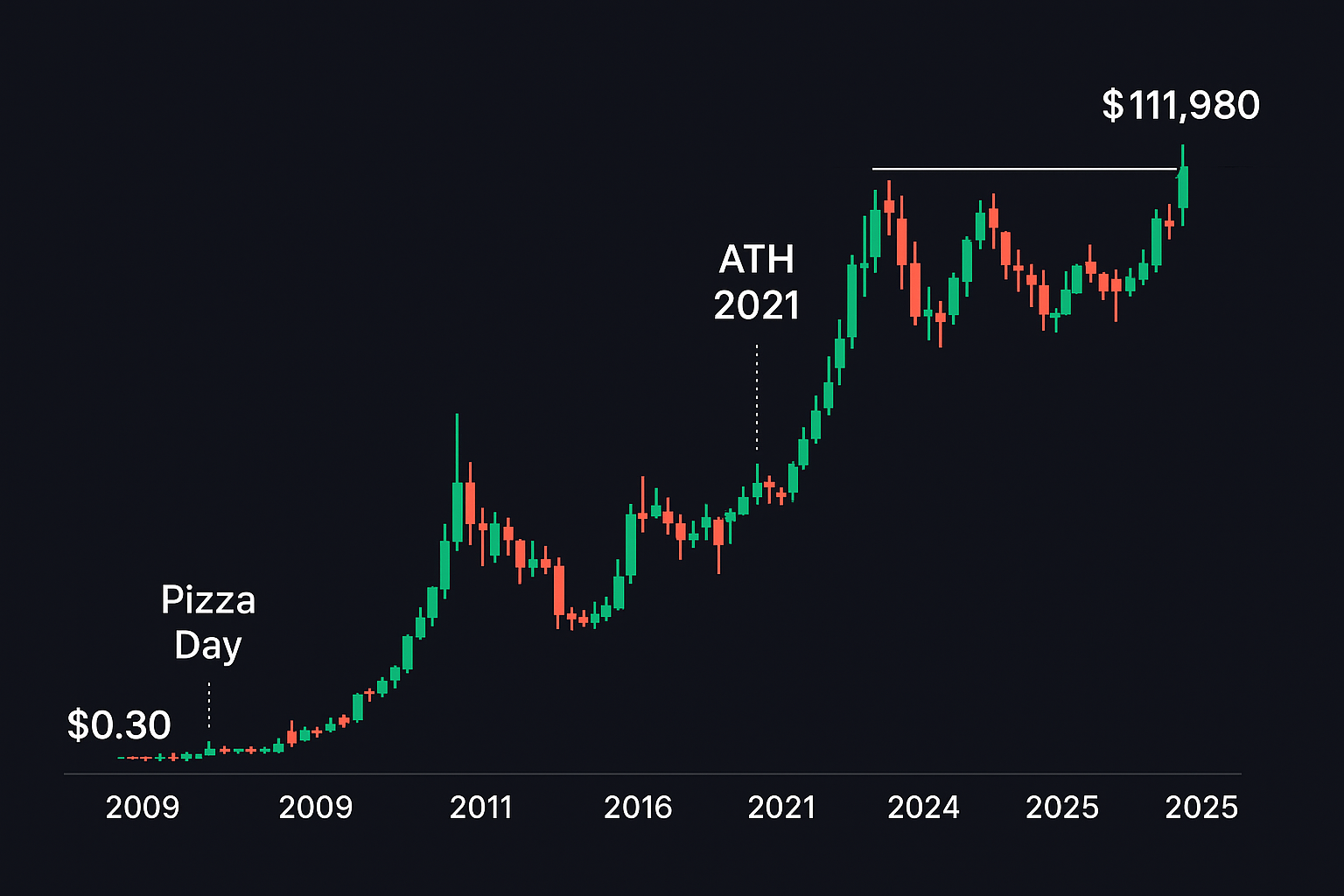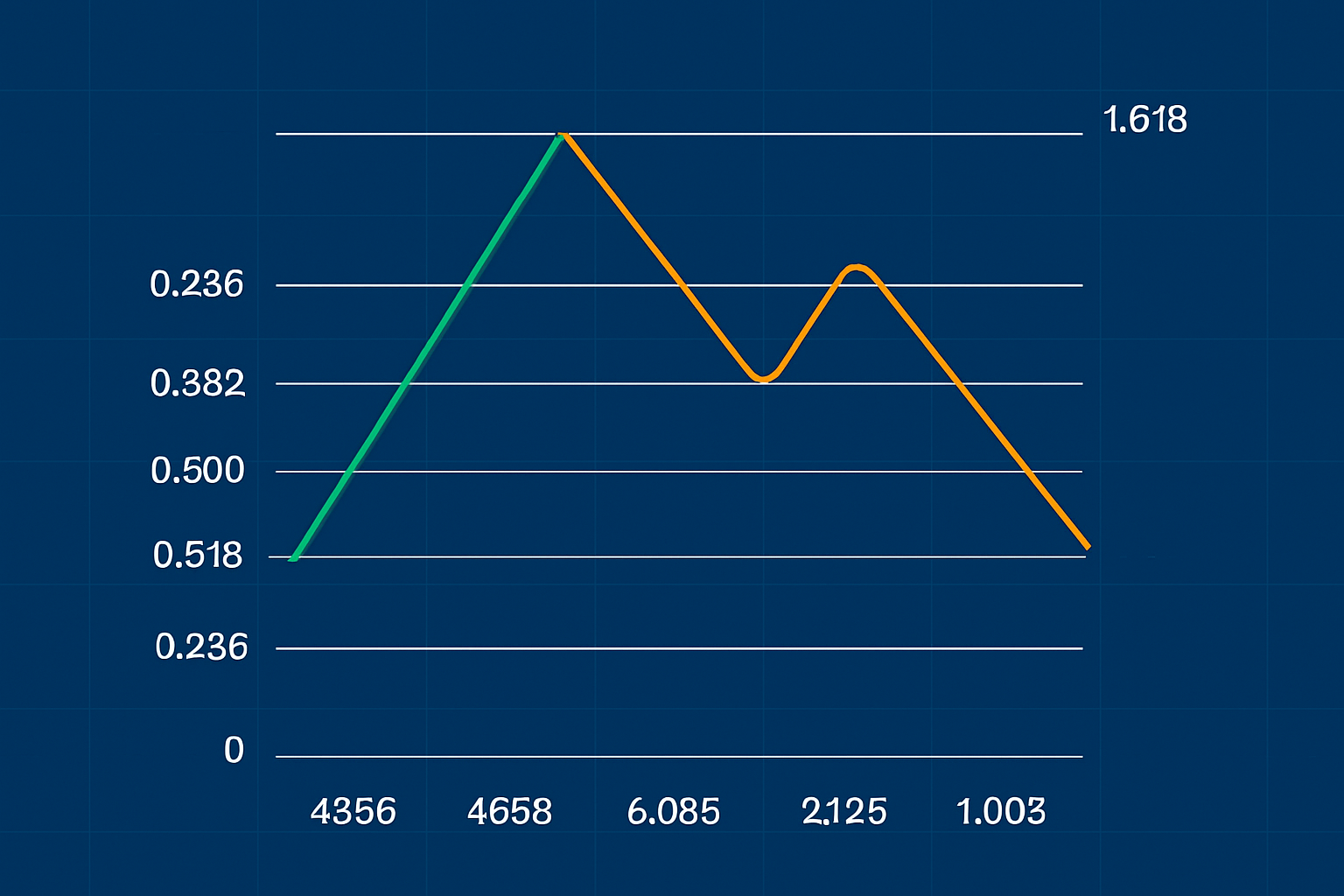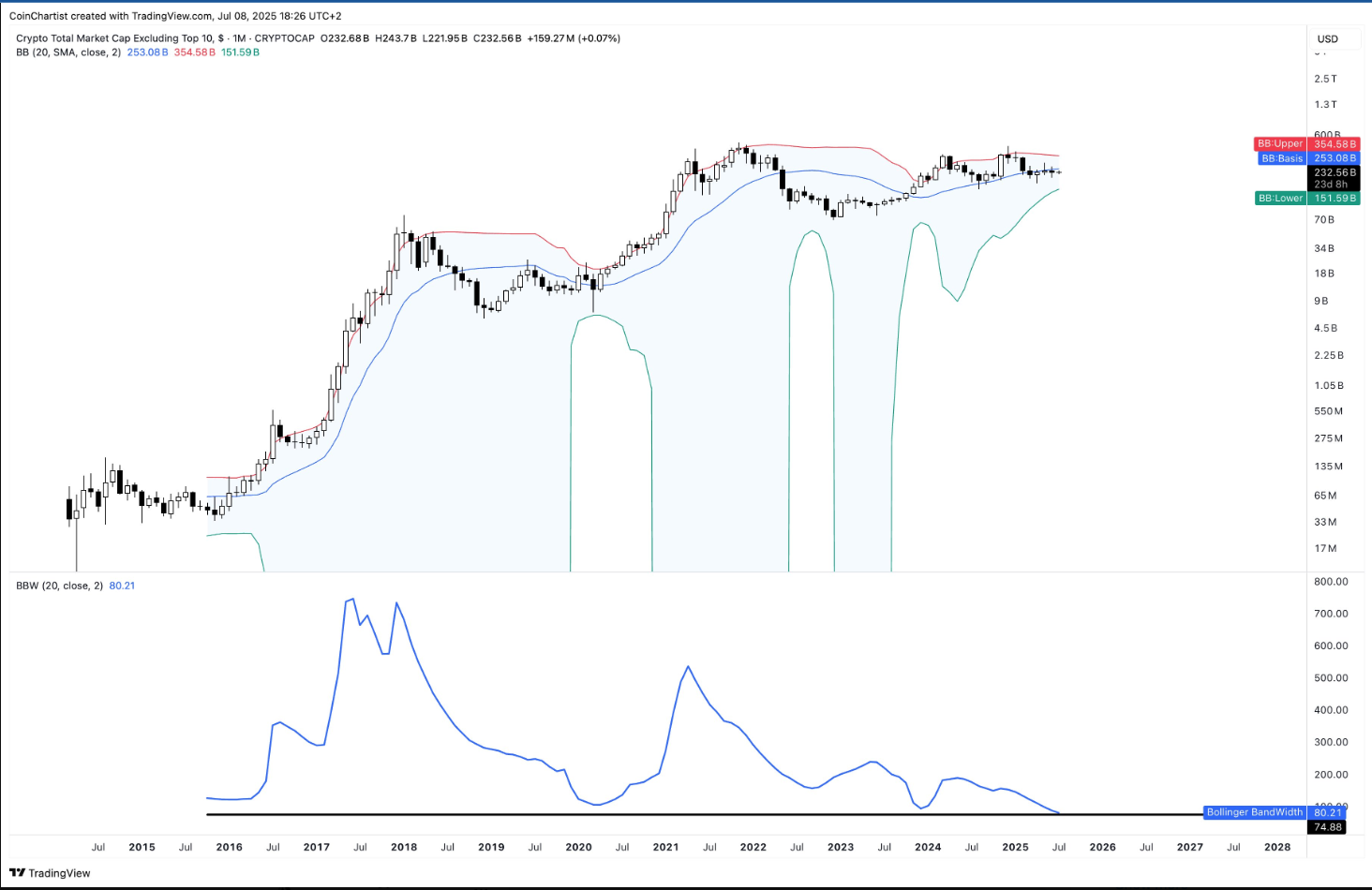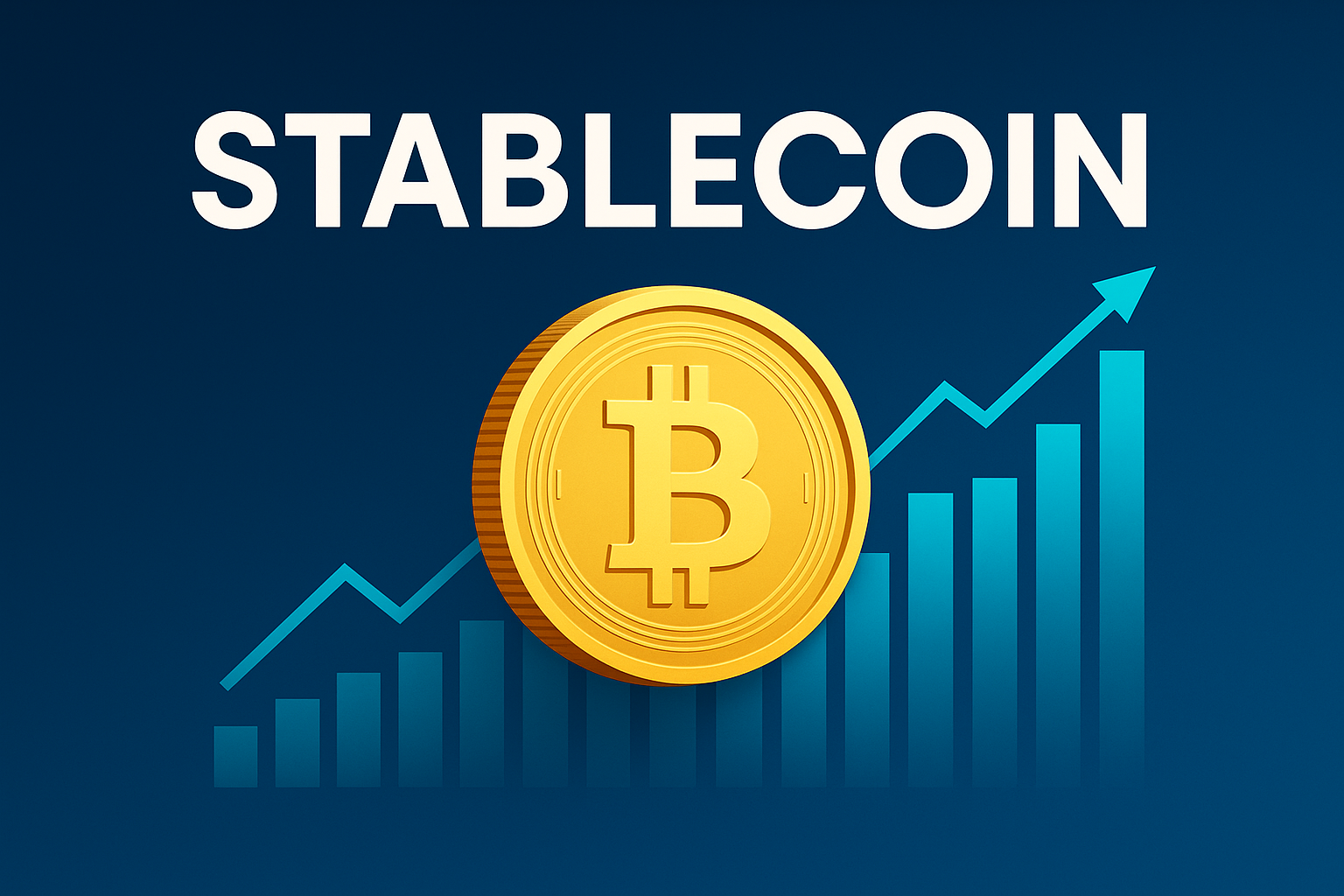Introduction
In a new report released this week, JP Morgan revised its outlook for the stablecoin market, projecting it will reach $500 billion by 2028 — a significant downgrade from earlier estimates. This tempered forecast reflects increasing regulatory uncertainty, competition from central bank digital currencies (CBDCs), and slowed adoption in some markets.
Let’s break down what this revised outlook means for investors, developers, and the broader crypto ecosystem.
What Prompted the Forecast Revision?
JP Morgan’s analysts, led by Nikolaos Panigirtzoglou, cited several key reasons for the revision:
-
Regulatory pressures in the U.S. and other major economies have stifled growth.
-
CBDC developments, especially in China and Europe, are creating competition for stablecoins in the digital payments space.
-
Decreased transaction volumes across DeFi protocols, many of which depend on stablecoins for liquidity, have also curbed growth expectations.
The report emphasized that while stablecoins remain an important part of the crypto ecosystem, their long-term growth trajectory may be more limited than previously anticipated.
Stablecoin Market Overview
Stablecoins — digital currencies pegged to stable assets like the US dollar — are used primarily for:
-
Trading and arbitrage in crypto markets.
-
DeFi lending and borrowing platforms.
-
Remittances and low-fee cross-border payments.
Despite slowed growth, the stablecoin market has grown more than tenfold since 2020, led by issuers like Tether (USDT) and Circle (USDC). According to CoinGecko, the current market cap of stablecoins sits at around $162 billion (as of July 2025).
Key Highlights from JP Morgan’s Report
-
$500B Market Size expected by 2028 — reduced from previous expectations of over $1 trillion.
-
USDC and USDT will remain dominant but face increasing pressure from regulatory clarity and innovation in algorithmic stablecoins.
-
DeFi protocols may slow integration of stablecoins as new native assets or alternative liquidity mechanisms evolve.
-
Institutional adoption is still progressing but remains slower than anticipated.
The Broader Context
This revision comes at a time when CBDCs are gaining ground and crypto regulation is tightening globally. For example:
-
The European Central Bank is accelerating development of the Digital Euro.
-
The U.S. Congress is debating stablecoin-specific bills aimed at oversight of private issuers.
-
China’s digital yuan is being increasingly integrated into domestic payment platforms.
These government-backed alternatives could reduce reliance on privately issued stablecoins for mainstream payment use cases.
Conclusion
While the lowered forecast may appear pessimistic at first glance, it reflects a more realistic trajectory for stablecoins in the coming years. The market still has immense potential — especially in emerging markets, remittances, and on-chain finance — but it will face strong headwinds from regulators and central banks.
For developers and investors, the takeaway is clear: the stablecoin race is far from over, but the path ahead will require adaptation, compliance, and innovation.














































